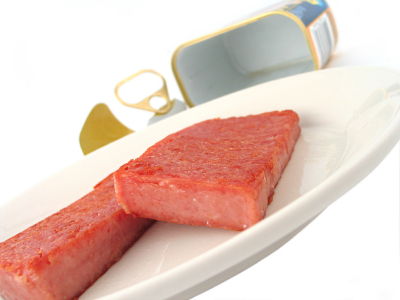With back-to-school season right away the corner, parents are busy purchasing school necessities such as school supplies, new clothes and new shoes.
Parents are also busy filling out essential paperwork, setting up after school care and arranging carpools with other families.
While all of these activities are important, it is also imperative to keep in mind that children are at a higher risk of contracting food borne illness than adults due to their developing immune systems.
Children under the age of five have the highest incidences of Campylobacter, E. Coli, and Salmonella infections than any other age group in the United States, according to the United States Department of Agriculture.
This finding highlights the importance of the following the USDA’s four food safety steps whenever preparing a meal – clean, separate, cook and chill.
Clean
First and foremost, clean surfaces and wash your hands often as illness-causing bacteria can survive in many places around the kitchen. It is advisable to wash surfaces and utensils immediately after using them.
While washing your hands, it is recommended to run them under mild to hot water while using soap for at least 20 seconds.
Separate
The rule of thumb when cleaning is to avoid cross-contaminate at all costs. Even after you’ve cleaned your hands and surface thoroughly, cross-contaminate between raw meat, seafood and produce can occur – unless you keep them separate.
Cook
Illness-causing bacteria develops the quickest during 40 to 140 degrees Fahrenheit, which makes cooking foods at the appropriate temperature vital.
Chill
While food preparation is important to prevent illness, it is also important to properly store and chill foods after they have been prepared. Perishable foods should be refrigerated within two hours of preparation and in small portion to help speed up the process.
Also, know when its time to throw food out. No one likes throwing away food but keeping food past their expiration date could be hazardous to your health and your children’s health.
The USDA also provides parents with some useful tips while preparing their child’s lunch:
· If lunch contains perishable items like meat, eggs, yogurt, make sure to pack at least two freezer packs
· Juice boxes and waters should be frozen overnight so that they are at the proper temperature during lunchtime consumption
· If supplying your child with a hot meal, purchase a insulated container to keep it hot
· Tell your child to discard any uneaten perishable items after lunchtime
· If you use a reusable lunch bag, it is recommended to clean it out daily
By following these tips and four food safety tips, parents can reduce the risk that their child will be kept home from school due to a food borne illness.













